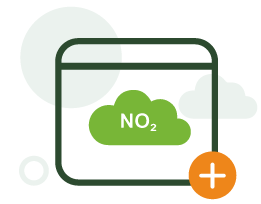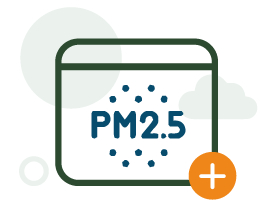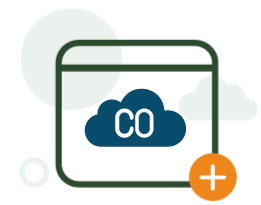Gas Stove Pollutants
There's nothing clean or natural about gas
Using gas to cook releases pollutants into your home that can harm your health. Nitrogen dioxide, carbon monoxide, benzene, and PM2.5 are just a few of the pollutants emitted by gas stoves that scientists are studying.

Nitrogen Dioxide
Nitrogen dioxide, or NO2, is a highly reactive and invisible gas created from burning fossil fuels, including burning gas for cooking. At high concentrations, exposure to nitrogen dioxide can cause lung damage. Homes with gas stoves have nitrogen dioxide concentrations 50 – 400% higher than homes with electric stoves.

PM2.5
PM2.5 refers to particulate matter, also called particulate pollution, that is 2.5 microns in width or smaller. When we breathe in PM2.5 it is deposited deep into the lungs, making it one of the most damaging indoor air pollutants. Cooking with gas creates nearly twice as much PM2.5 in the home as cooking on an electric stove.


